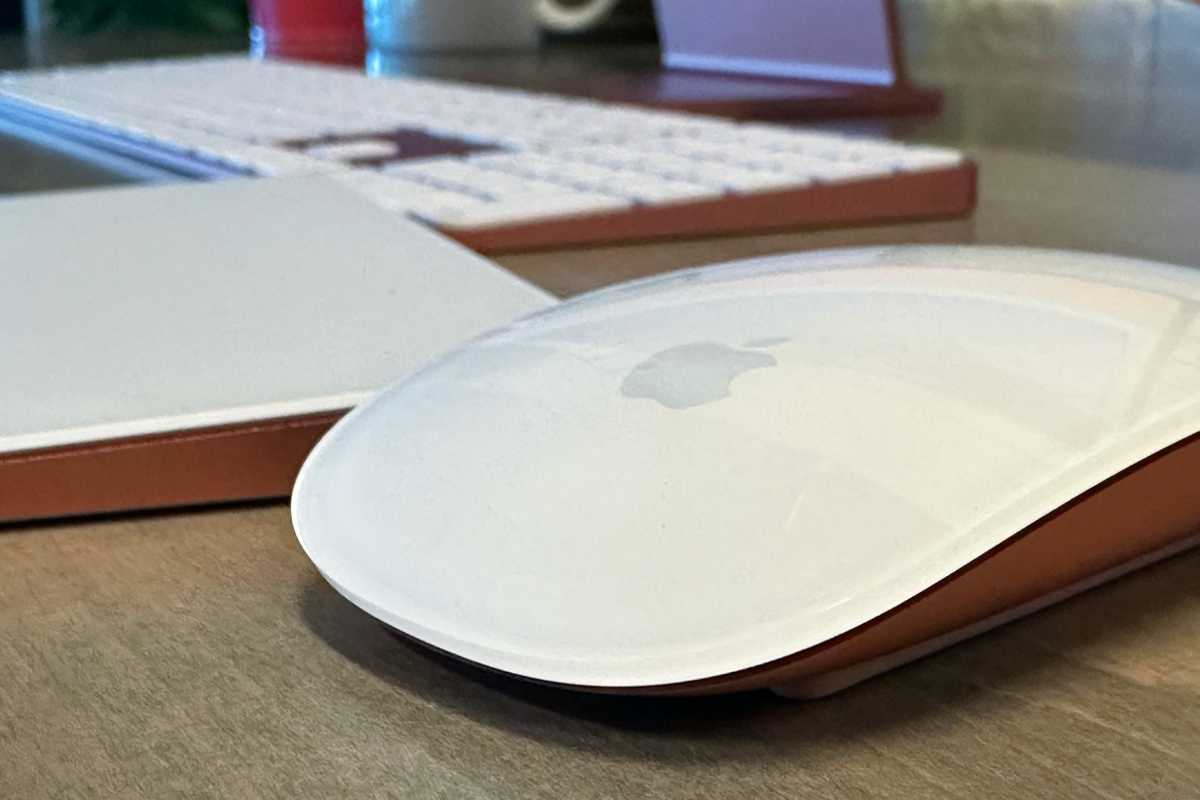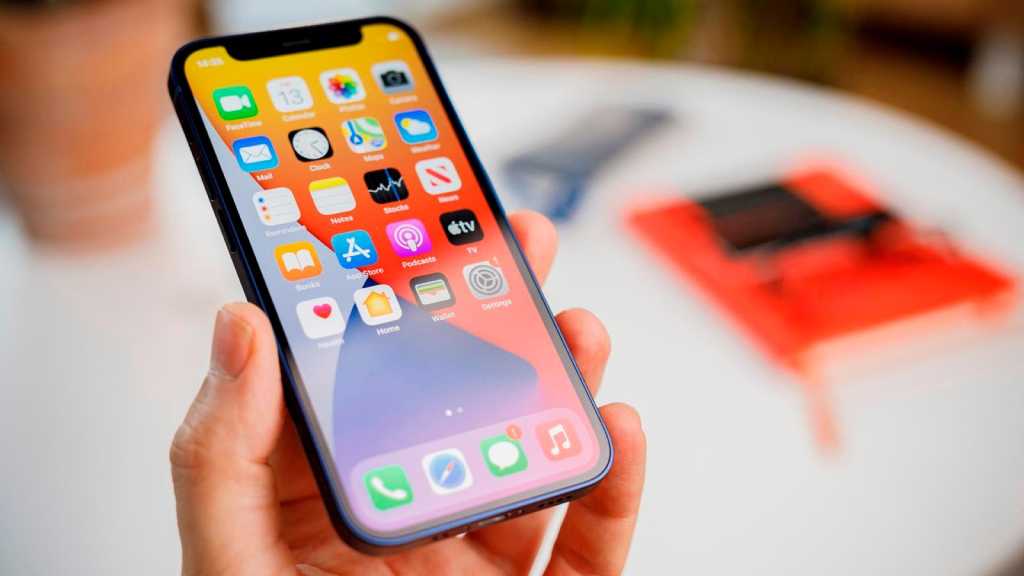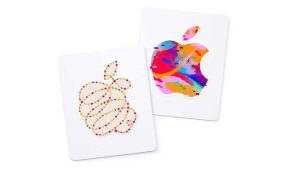
Twelve years ago, my former Macworld colleague Lex Friedman and I were at an Apple-focused conference where we presented a talk called “Apple is Huge Now (And That Sucks For You).” The long and short of it was that the Apple of 2012 was not the same Apple of the 1980s, 1990s, or even the 2000s—now Apple was a giant company that could less afford time worrying about you as an individual.
A decade-plus on, it’s hard to believe that Apple has gotten even bigger and that, fundamentally, each and every one of us matter that much less to it, but it’s unarguably true. Simply put, it’s a matter of scale—the company simply can’t afford to spend the same amount of time worrying about its customers that it could have 20 years ago because there are just that many more of them.
In its role as one of the largest purveyors of technology in the world, Apple has no choice but to adopt a perspective of scale. This comes into play in all sorts of decisions the company makes, from the biggest of the big to the smallest of the small.
Input-output
Let’s take, for example, the matter of hardware changes—even those that may seem inconsequential. Apple this week released new versions of its input peripherals for Mac: the Magic Keyboard, Magic Mouse, and Magic Trackpad. These new revisions were virtually identical to the old models, with the exception of swapping the Lightning port on the earlier versions for a USB-C port. That was a change long anticipated by most Apple watchers, for no other reason than the Lightning port has already been phased out on most of the company’s other devices. (Those that remain are older products still on sale, such as the iPhone 14, and those likely to be replaced in the near future, like the iPhone SE.)

Apple updated its Magic Mouse, Magic Trackpad, and Magic Keyboard with USB-C, but it didn’t take the opportunity to do anything else with them.
Foundry
But the big question on the minds of many is: Why is that the only thing that changed? It’s not as if these products were perfect. The Magic Mouse has long been derided for its inefficient charging port on the bottom; the Magic Keyboard has retained its strange arrow key layout, in defiance of the rest of Apple’s keyboards adopting the classic “inverted T” design. Why were neither of those “problems” fixed?
While John Gruber gave a strident defense of the Magic Mouse that rings largely true, I think you can’t ignore the impact of scale. These devices are among the most niche of Apple’s products. Not only are they accessories primarily (though not exclusively) used with the Mac, a product line that routinely accounts for a single-digit percent of the company’s overall revenue, but they are also (again predominantly) aimed at customers of desktops, which are themselves the minority of Macs sold. Moreover, I’d hazard a guess that a high percentage of the peripherals Apple ships are those included with a computer, such as an iMac, rather than bought separately.
Making changes to any of these devices would have required redesign and re-engineering efforts; changes that, to those of us on the outside, might seem minor, but when stacked up against the number of these devices actually sold simply may not pencil out: How much does it cost to make changes to the existing manufacturing process, how much does it cost to test these products to make sure they work correctly, and how many of these peripherals does Apple have to sell to pay for that upfront cost?
In addition to all of that, there’s another cost that has to be considered: the cost of what you’re not doing.
Cost-portunity
In the last several years, Apple has taken a few different stabs at adding additional models to its iPhone line-up. That came first in the flavor of the iPhone 12/13 mini, followed by the iPhone 14/15/16 Plus. If rumors are to be believed, the Plus model may follow the mini into the darkness next year, while a new, slimmer iPhone 17 takes up a spot at the top of the lineup.
I know more than a few folks who bemoan Apple’s abandoning of the mini form factor. It’s clear that the products were not blockbuster sellers—had they been, there’s no doubt that Apple would have continued to produce more. But I’ve also heard the argument that those sales shouldn’t be the be-all, end-all. To wit: “If Apple can keep around the iPad mini and the Mac mini, despite what are surely lower sales, why not the iPhone mini?”

The iPhone mini has a devoted following but that wasn’t not enough to persuade Apple to keep it.
Foundry
The simple answer? Opportunity cost. The iPhone is Apple’s most valuable product line by far. It accounts for half the company’s revenue. Apple sells tens of millions every quarter. Neither the Mac nor the iPad lines come even close.
The problem is that the iPhone mini didn’t exist in a vacuum. The name of the game is growth, and if the mini isn’t picking up more sales for the company, then it’s costing too much money. Apple can only make so many iPhones total; it doesn’t have the luxury of spending the time and effort investing in a product that doesn’t sell as well—especially when it could be making a different type of iPhone that might sell better. There is a cost to keeping around an underperforming product, especially in your best-selling product line: components, assembly, marketing, and so on all still have to be devoted to that product, even if it’s not keeping up its end.
That’s why Apple shifted gears to the Plus phone: to see if it could succeed where the mini couldn’t, in sales. And if it too fails, as those rumors suggest, it will be next on the chopping block.
Scale every mountain
All too often, Apple’s decisions can feel personal. Believe me: I was all set to buy a new Magic Keyboard, but the lack of that inverted-T arrow key layout made me hesitate. Why would Apple do this to me? The problem is that ultimately, with the number of customers Apple has, each and every one of us is—at some time or another—an edge case. An exception to the rule.
Ultimately, everything Apple does these days has to be viewed from a position of scale. Given the size of the company, the number of products it’s building, and its global reach, small decisions can quickly become big ones. A battleship turns slowly, as the old saying goes, and that means it’s even more critical for the person steering to be confident that they’re making the right turn—and that doesn’t always mean that each and every one of us gets to go along for the ride.




